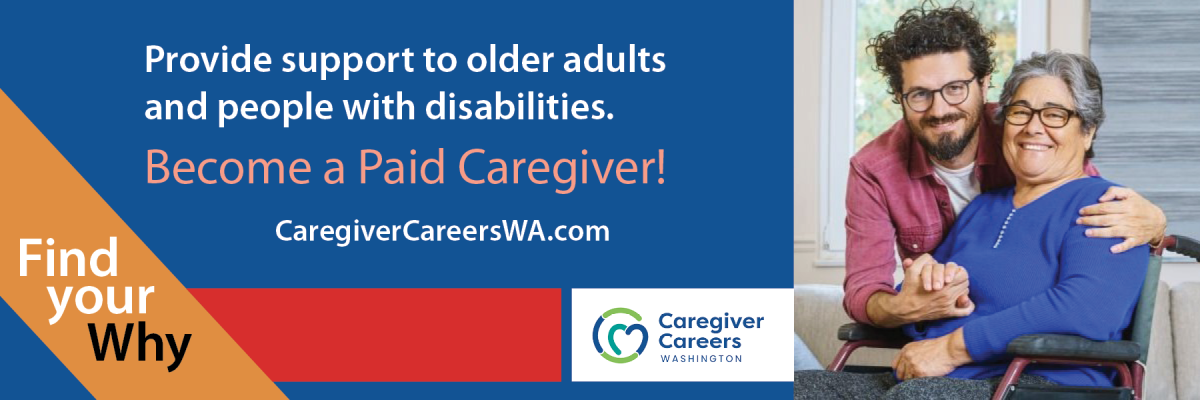Information for Long-Term Care Professionals and Providers
- Background Checks
- Becoming a Paid Caregiver
- Continuing Care Retirement Community (CCRC)
- High School Home Care Aide Training Program
- Home & Community Services (HCS)
- Information for AAA and AAA Contracts (for programs such as COPES, CFC, MAC, TSOA, etc.)
- Nurse Delegation Program
- Nursing Services
- Office of Rates Management
- Private Duty Nursing
- ProviderOne information and Resources
- Residential Care Services (RCS)
- Training Requirements & Classes


